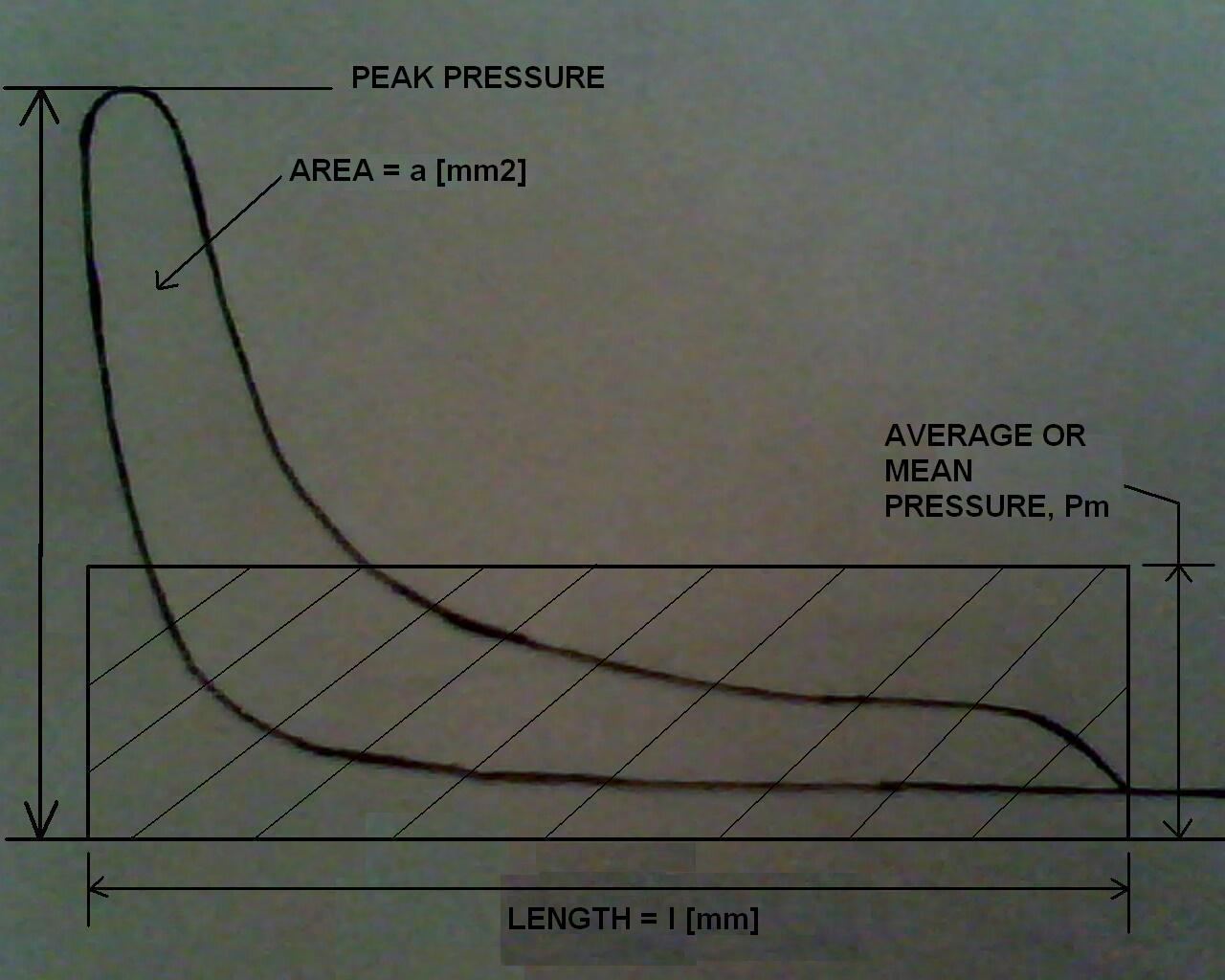The burning of fuel in an engine cylinder (2 stroke or 4 stroke diesel engine) will result in the production of power at an output shaft, some of the power produced in the cylinder will be used to drive the rotating masses of the engine.
Typical indicator diagram for a 2 stroke engine is shown in figure below. This power card or pv diagram can be used to measure indicated power in diesel engines. The area within the diagram represents the work done within the cylinder in one cycle.
The area can be measured by an instrument known as ‘Planimeter’ or by the use of the mid ordinates rule. [On modern engines this diagram can be continuously taken by employing two transducers, one pressure transducer in the combustion space and other transducer on the shaft. Through the computer we can thus get on line indicated diagram and power of all cylinders.]
The area is then divided by the length of the diagram in order to obtain mean height. This mean height, when multiplied by the spring scale of the indicator mechanism, gives the indicated mean effective pressures for the cylinder. The mean effective or average pressure [Pm] can now be used to determine the workdone in the cylinder. Following calculations can be made to the area of indicator diagram to measure indicated power.
Calculations
Area of the indicator diagram = a [mm2]
Average height of the diagram = a [mm2] / l [mm]
Average mean indicator pressure = a [mm2] / l [mm] x k [bar / mm]
or Pm = ( a / l ) x k [bar]
where k = spring scale in bar per mm
Work done in one cycle = Mean Indicated Pressure x Area of the Piston x Length of stroke
= [Pm] x [A] x [L]
To obtain the power of this unit, it is necessary to determine the rate at which work is done,
i.e. multiply work by number of power strokes in one second.
Now, Indicated Power of Unit [ip] =
Mean Indicated Pressure [Pm] x Area of Piston [A] x Length of Stroke [L] x Number of Power Strokes per Second [N]
or
Indicated Power of Unit = Pm L A N
Unit of Final Result
Indicated Power = Pm L A N
= ( a / l ) x k [bar] x L [m] x A [m2] x N [1/s]
= [bar] x [m] x [m2] x [1/s]
= 105 N/m2 x m x m2 x 1/s
= 105 Nm/s
= 105 Joules/s
= 105 Watts
Hence, multiply the result obtained from calculating indicated power with 105 and the final unit will be in Watts



No comments:
Post a Comment